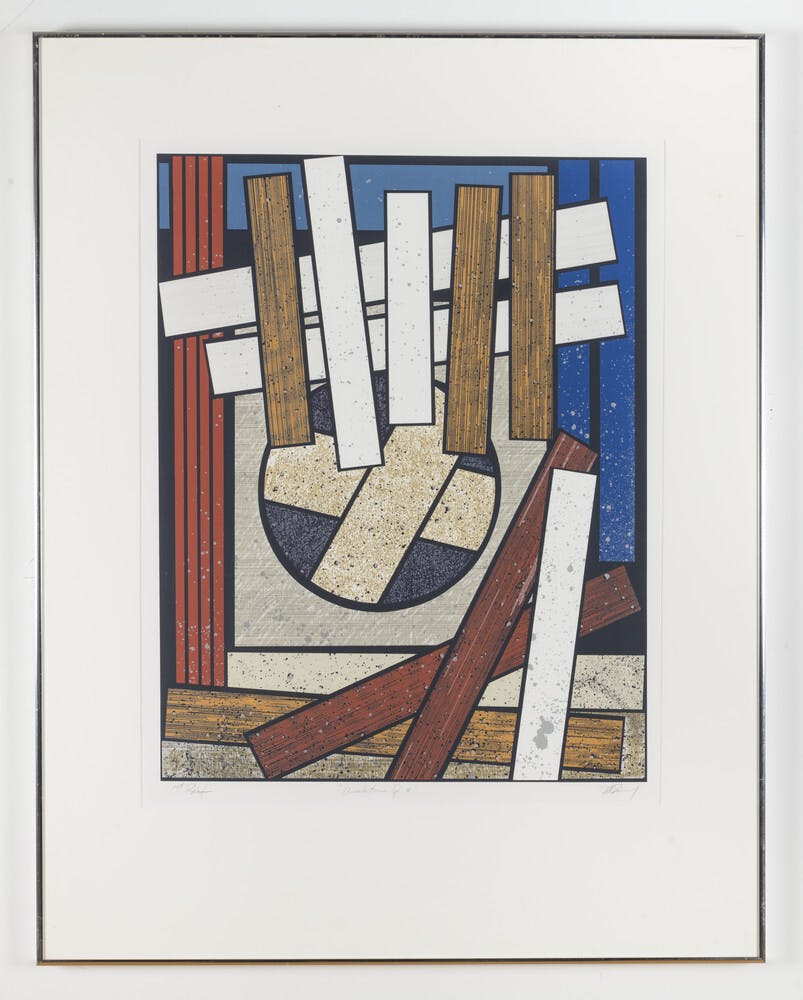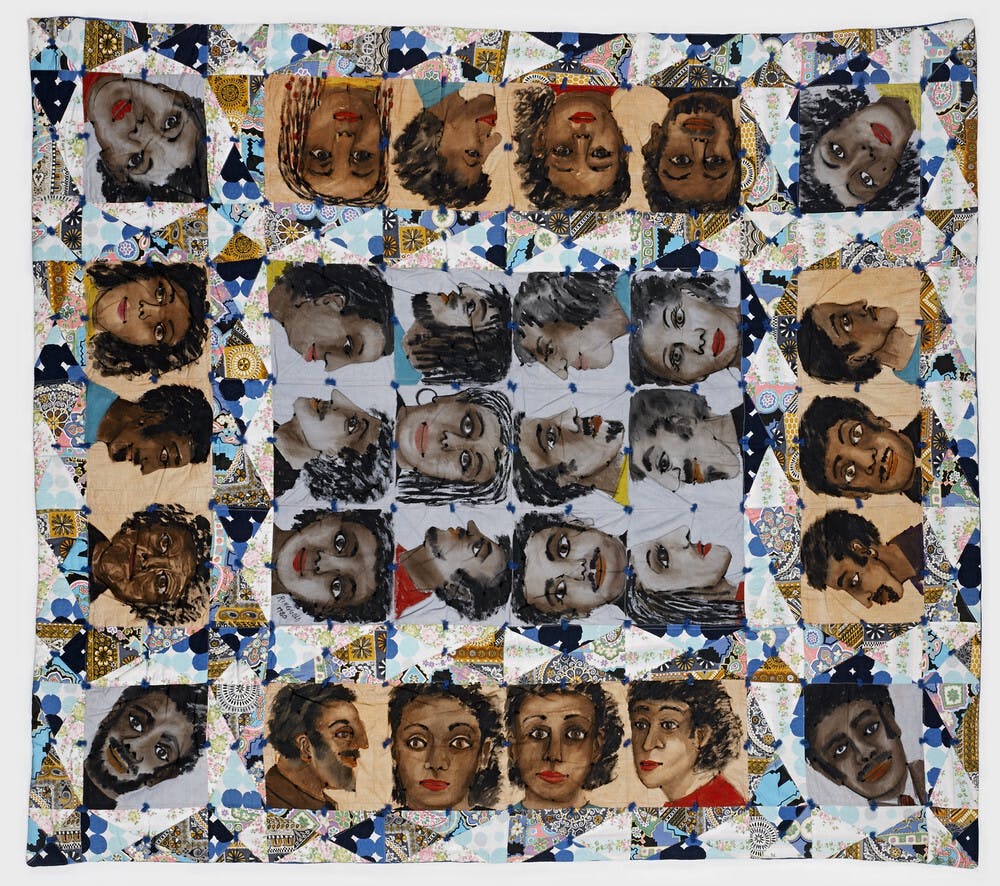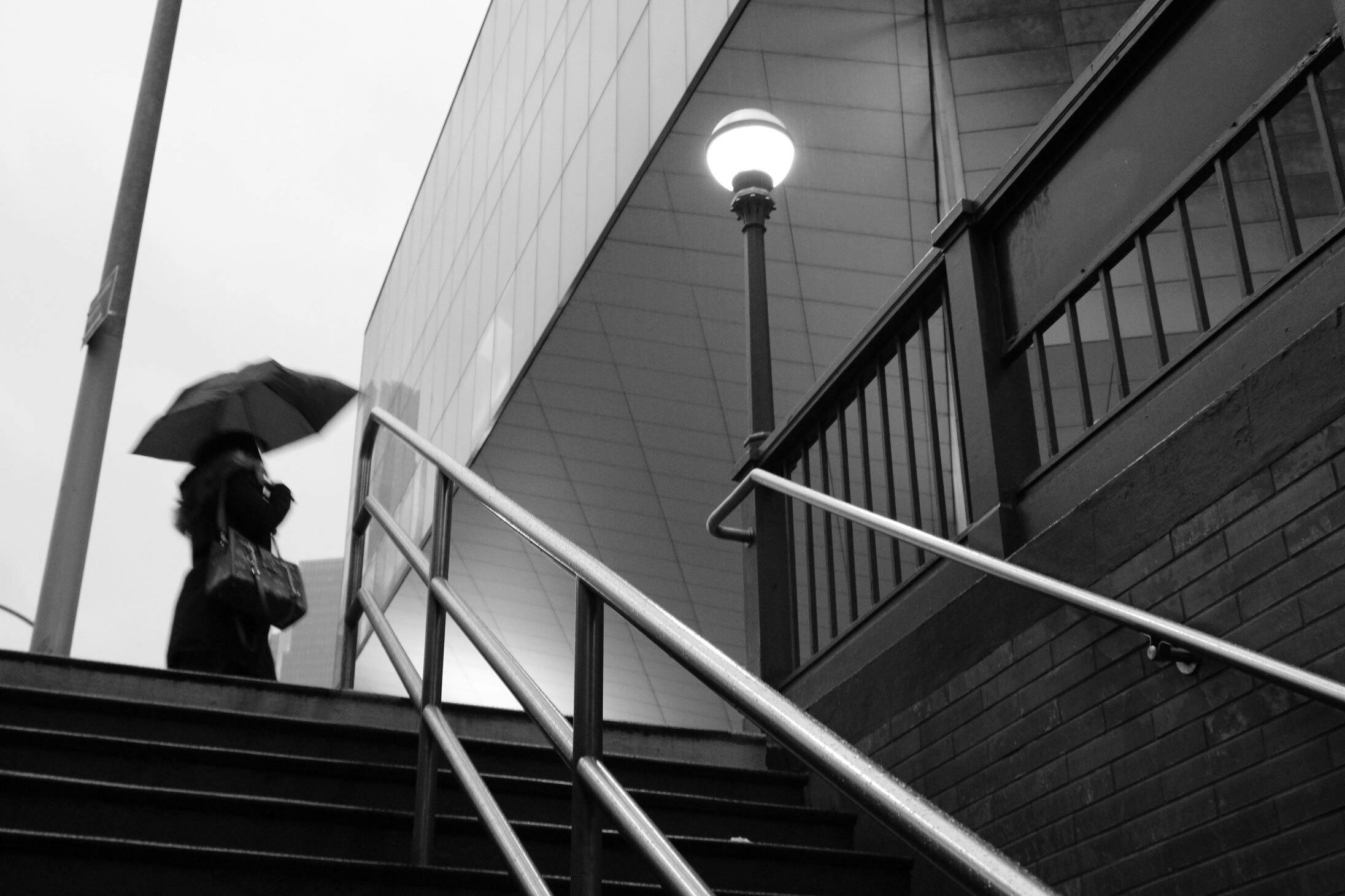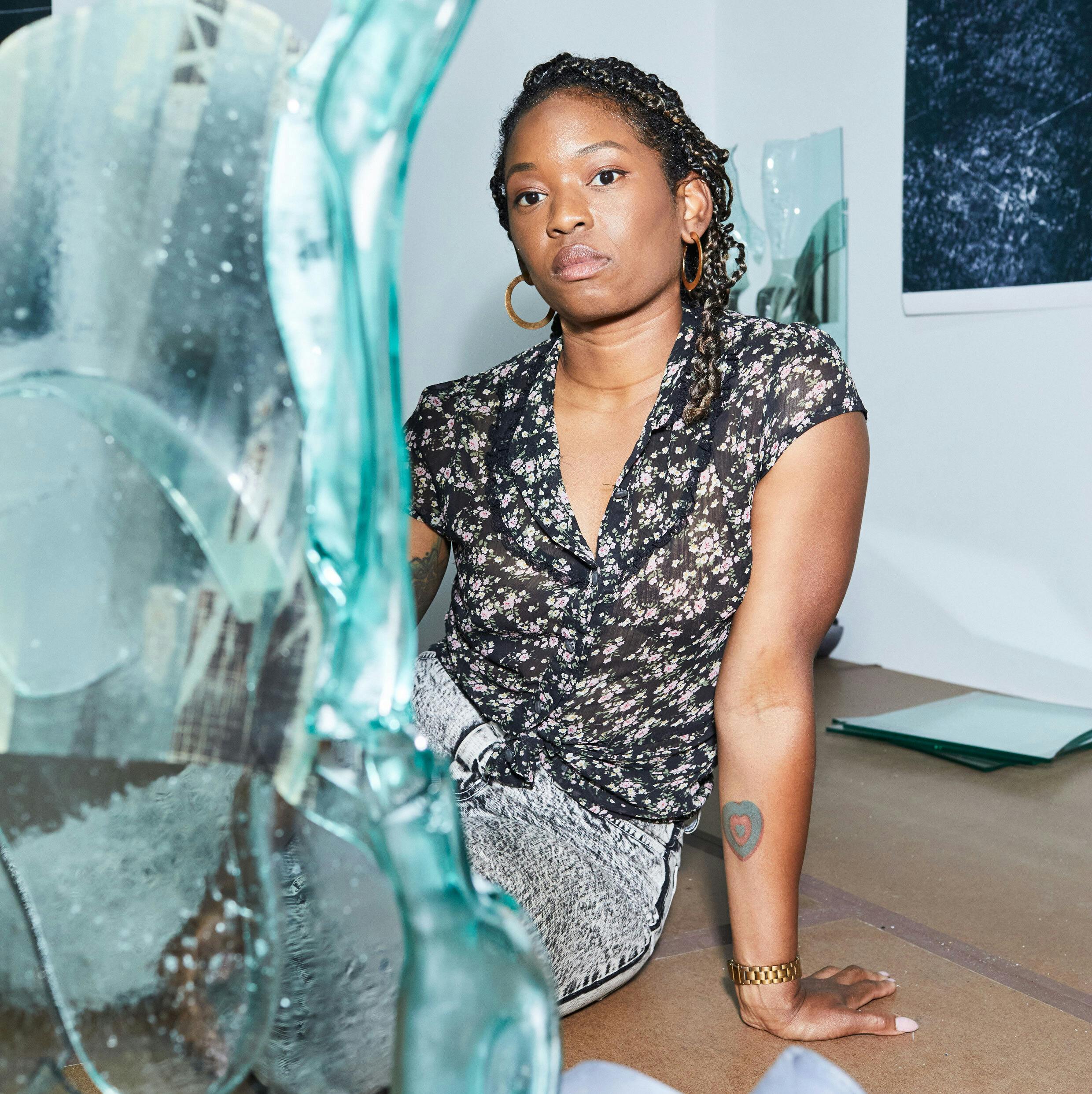
From Our Collection
New Works in the Collection

Brandon Ndife1 artwork online

Jadé Fadojutimi1 artwork online

Jean-Michel Basquiat1 artwork online

Works on Loan: 2023–24
09.01.23-12.31.24
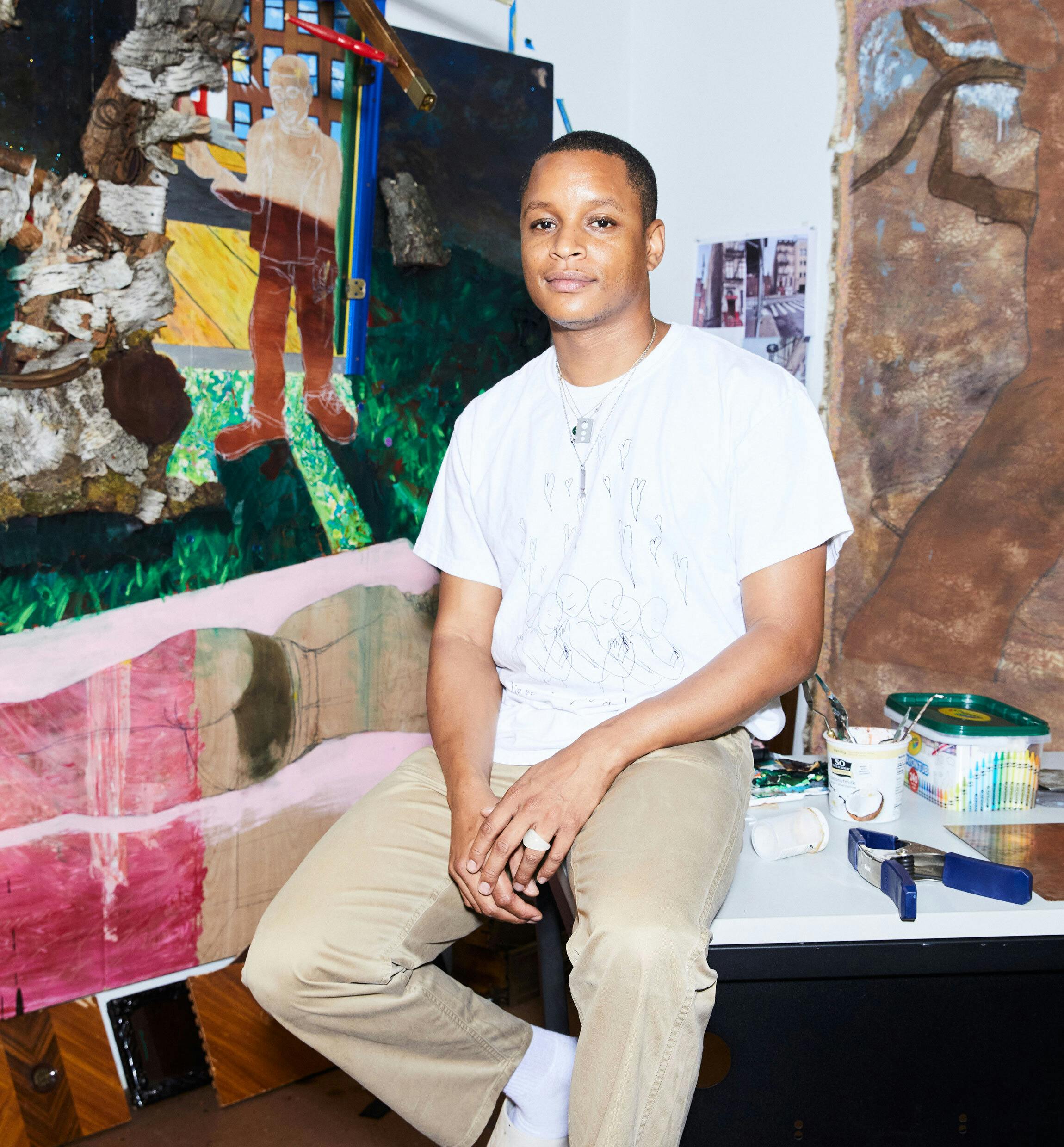
Devin N. Morris
Open Studio

Art Leadership Praxis
Announcement

One People Unite
The Cover of Our Fall/Winter 2023 Issue of Studio Magazine
New Works in the Collection

Brandon Ndife1 artwork online

Jadé Fadojutimi1 artwork online

Jean-Michel Basquiat1 artwork online
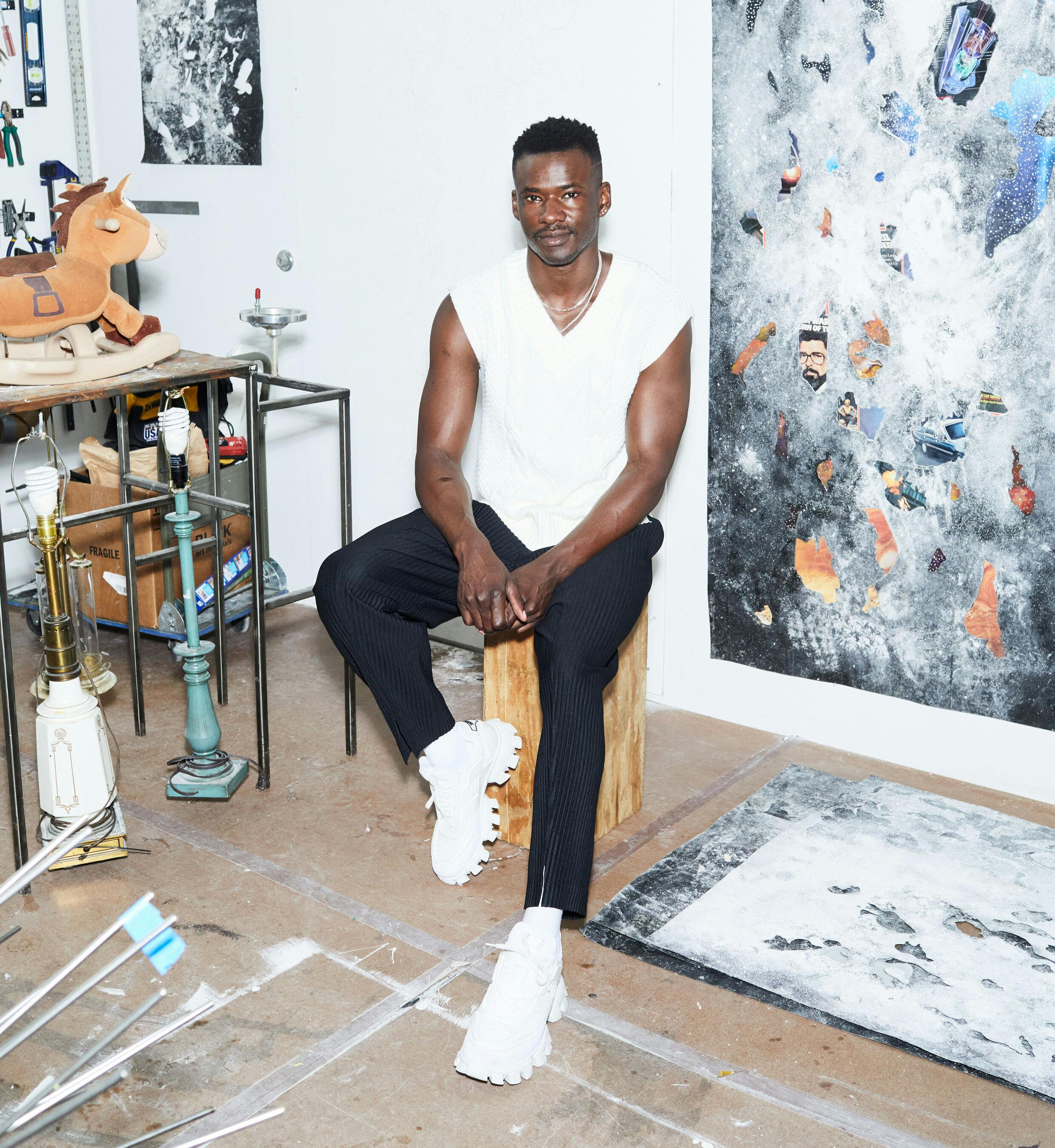
Jeffrey Meris
Open Studio

